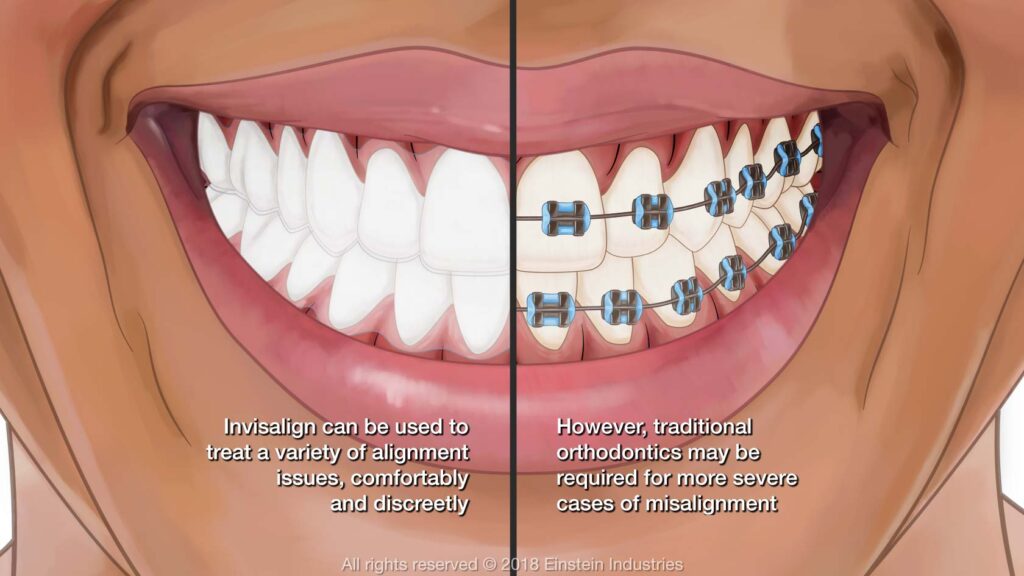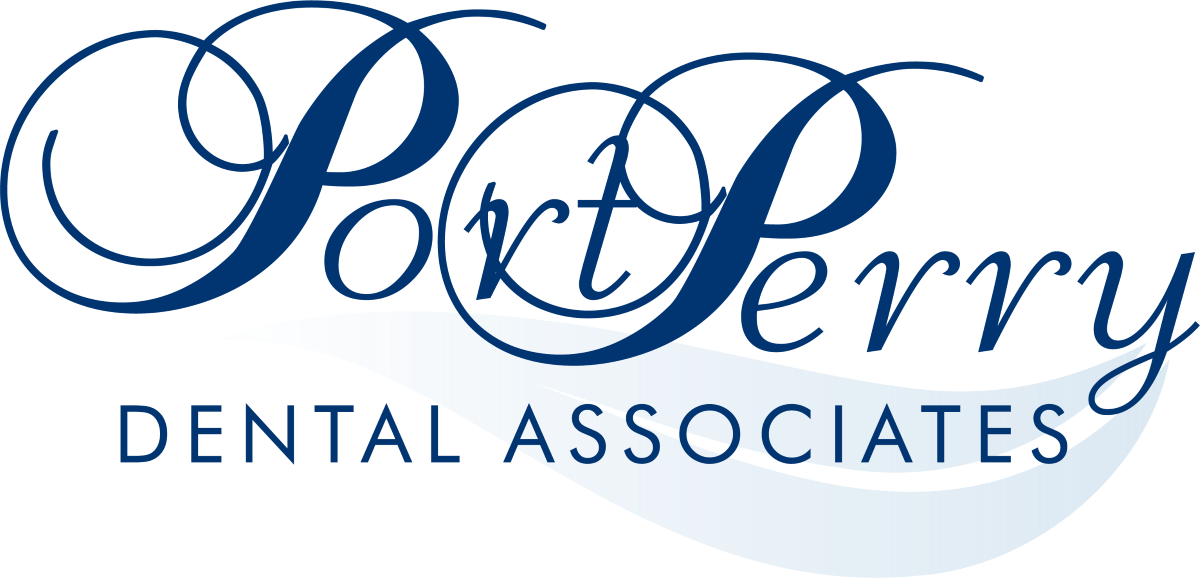The Advantages of Invisalign Compared to Traditional Braces
When it comes to straightening teeth and achieving that perfect smile, many people find themselves weighing the options between Invisalign and traditional braces. Both methods are effective, but Invisalign has gained popularity in recent years due to its numerous advantages. Here’s a closer look at why many patients and orthodontists prefer Invisalign over traditional braces.

1. Aesthetic Appeal
One of the most significant benefits of Invisalign is its aesthetic appeal. Invisalign aligners are made of clear, medical-grade plastic that is nearly invisible when worn. This makes them a popular choice for adults and teenagers who want to avoid the noticeable appearance of metal braces.
2. Comfort and Convenience
Invisalign aligners are custom-made to fit snugly over your teeth. Unlike traditional braces, which have metal brackets and wires that can cause discomfort or irritation to the gums and inside of the cheeks, Invisalign aligners are smooth and comfortable. Additionally, there are no sharp edges or protruding parts, reducing the risk of mouth injuries.
3. Removability
One of the standout features of Invisalign is that the aligners are removable. This means you can take them out when eating, drinking (anything other than water), brushing, and flossing. This feature not only allows for greater convenience and flexibility in your daily routine but also makes it easier to maintain good oral hygiene, reducing the risk of cavities and gum disease.
4. Fewer Office Visits
Traditional braces typically require regular visits to the orthodontist for adjustments and tightening. In contrast, Invisalign treatment often requires fewer office visits. Patients usually receive several sets of aligners at once, with instructions to change them every one to two weeks. This can be particularly beneficial for those with busy schedules.
5. Predictable Results
Invisalign uses advanced 3D computer imaging technology to plan the entire treatment process from start to finish. This technology allows patients to see a virtual representation of their teeth before, during, and after the treatment. The precise planning helps in achieving more predictable results compared to traditional braces, where the outcome might be less certain.
6. Shorter Treatment Time
In many cases, Invisalign treatment can be faster than traditional braces. While the duration of treatment varies depending on the complexity of the case, many patients complete their Invisalign treatment within 12 to 18 months. Traditional braces, on the other hand, often require two years or more to achieve the desired results.
7. Minimal Dietary Restrictions
With traditional braces, certain foods are off-limits because they can damage the brackets or get stuck in the wires. Sticky, hard, or chewy foods can be particularly problematic. Invisalign aligners, being removable, do not come with these dietary restrictions. You can continue to enjoy your favorite foods without worry, as long as you remember to remove your aligners before eating.
8. Better Oral Health During Treatment
Maintaining oral hygiene is easier with Invisalign. Since the aligners are removable, you can brush and floss your teeth as you normally would. This helps prevent plaque buildup, tooth decay, and gum disease, which are common issues for those with traditional braces.
Conclusion
While both Invisalign and traditional braces are effective at straightening teeth and correcting bite issues, Invisalign offers several advantages in terms of aesthetics, comfort, convenience, and overall treatment experience. However, it’s important to consult with your orthodontist to determine the best treatment option for your specific needs. By considering these factors, you can make an informed decision and achieve the beautiful, healthy smile you desire.
